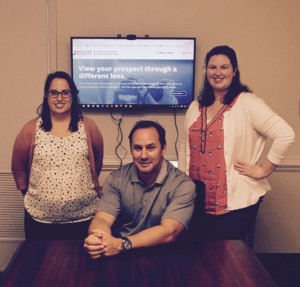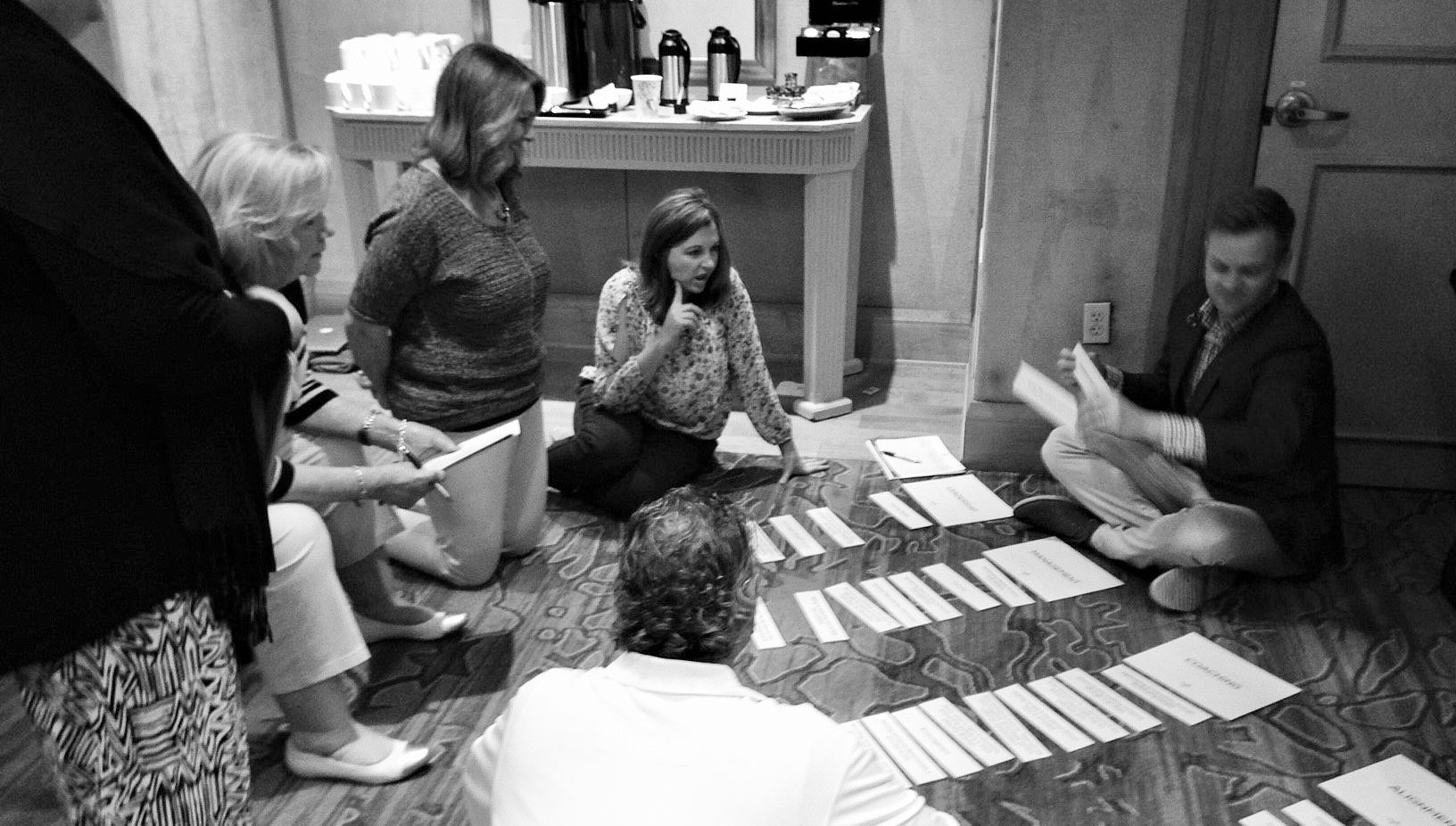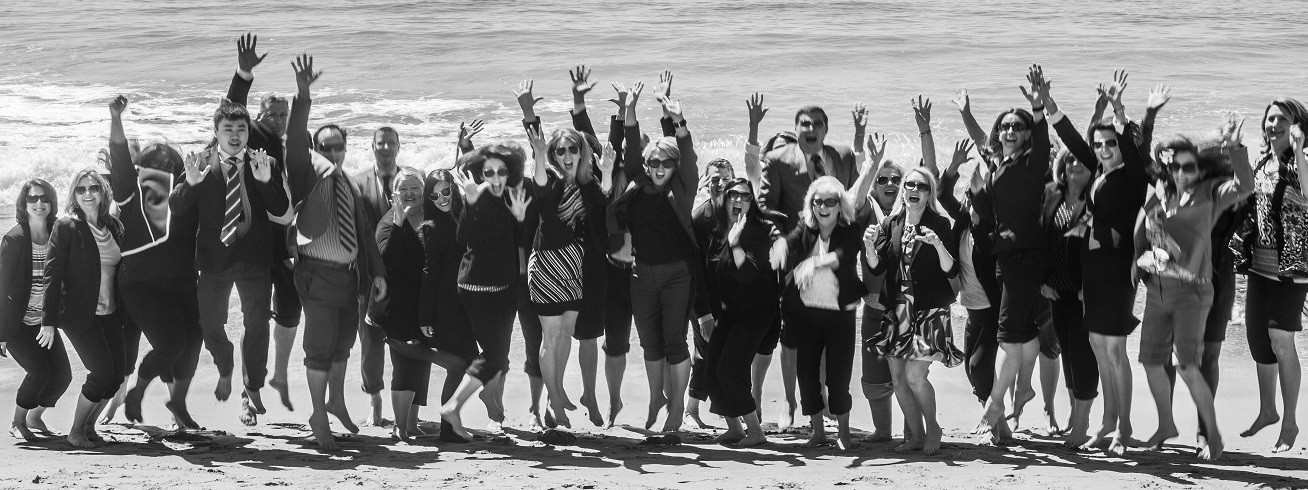Unleash Your Website for a Breakout 2018!
Leave a Comment3 Tips For Improving Your Community Website’s Performance
A few clicks or flips of your calendar and the reality will be jolting…it’s almost 2018! Fortunately for many senior living marketers, particularly those responsible for digital marketing efforts, the calendar is a welcomed friend. Only by looking backwards at year-over-year, quarter-over-quarter and month-over-month comparisons can we tell if all of the efforts like technical SEO optimizations, content generation and pay-per-click advertising will bring successes to our community websites in the future.
But if your senior living community website didn’t receive the attention it needed this past year due to budgetary constraints or shifting priorities, it’s not too late to implement tactics that will help your website work harder in 2018.
Here are 3 tips you can implement now to improve the engagement between your website and your website visitor.
1. Start Blogging Away. Blogs are one of the most effective vehicles for delivering resourceful information to your target audience and shows your audience that you are an authoritative thought leader in your area of expertise. The bonus benefit is that when search engines see how many visitors go to your blog post, take time to read the content, and click through to your main website; they’ll reward your overall website with improved search engine rankings.
You don’t have to overthink blog posts. Write about topics on which you are an authority, but make sure you back up your statements with solid research and facts. If you have confidence in the writing abilities of your team members, then empower your wellness director, medical director, dining services director and others to contribute a 500 – 700 word article that would be of interest to prospective residents and family members.
A rule of thumb to keep in mind is that your blogs need to deliver relevant keywords that a prospect will be keying into their search engine browser. Make sure to include the most important keyword(s) related to your article in the title of the article and interspersed within the article copy. If you have a comfortable grasp on the technical side of postings, then include those keywords in the title tag, meta description and H1 tag.
2. Know What People Are Saying About Your Community. Keep tabs on reviews written about your community, particularly the number of stars your community averages with third-party review sites like Google Reviews, Caring.com, Facebook, APlaceForMom.com and others. Your prospects will do research on your community and part of that research is reading what others are saying about you.
We tell our clients that while a perfect score of 5 out of 5 stars sounds great, it doesn’t seem authentic. A mix of reviews including lesser star ratings is a good thing, with the 4.6 to 4.8 stars rating really being the target range.
If your star ratings are lagging, take action to improve your scores by encouraging positive reviews from your current residents and families. To make it easy for them provide a review, create a web page with links to third-party review sites. Send out the link to this page via email or create a flyer with graphics and copy to encourage review generation.
One of the most important aspect of reviews management is to address negative reviews in a thoughtful and timely method. Not only are you addressing one person’s poor experience with the community, you are showing your readers that you care about their experience. We addressed the keys to responding to negative online reviews in a prior post and encourage you to read that article to learn more.
3. Embrace Videos. Website visitors love to watch videos to learn more about your community, the campus, the resident lifestyle and the local area. And the metrics prove it…visitors stay on a website with videos longer than those without videos. It is truly an authentic channel to demonstrate, and not just tell, what life could be like at your community. Viewers are able to pick up a real sense of personality and emotion that words alone cannot express.
And like other forms on online content, search engines will score a website higher in their search rankings if they detect the presence of videos on the website…particularly those that are visited and viewed frequently.
You don’t have to be a seasoned videographer to create engaging video content. Today’s smartphones can serve as quality video-recording devices. Resident testimonials are an obvious source of video content, but branch out by taking a video tour of the community amenities, videos of events and video interviews of staff members. Prompt staff interviews to include what makes your community unique from other senior living communities including programming, culture, features and amenities. Keep videos to a moderate length (up to 3 minutes) to retain the attention of the viewer.
To promote the videos, create an account with a video-sharing service such as YouTube or Vimeo where your videos will live. Add a video gallery page to your website and drop in the videos as they are produced, paying careful attention to give each video a separate URL so they can be shared individually through social media posts and paid advertising.
Having the right digital strategy in place is critical to making sure your website is visible to the searcher, delivers relevant information to the visitor and provides an opportunity for the visitor to engage with the community. Solutions Advisors knows that every community’s needs and resources are different which is why we provide a customized digital strategy for each community client we serve. Contact us to learn more about our digital capabilities and approach to providing solutions.

 Creativity without functionality is a dead-end as far as websites go. The Solutions Advisor’s digital team works side-by-side with our account management team, graphic designers, copywriters and web developers to turn creative ideas into websites that not only engage and excite, but convert visitors to leads.
Creativity without functionality is a dead-end as far as websites go. The Solutions Advisor’s digital team works side-by-side with our account management team, graphic designers, copywriters and web developers to turn creative ideas into websites that not only engage and excite, but convert visitors to leads.



 At Solutions Advisors, our vision is to inspire others to reach their full potential. As sales leaders and coaches, we are driven to seek out the best performers and to intentionally build stronger teams, which was the focus of our company’s semi-annual meeting last month. From JC Thompson, EVP and “chief disrupter” of
At Solutions Advisors, our vision is to inspire others to reach their full potential. As sales leaders and coaches, we are driven to seek out the best performers and to intentionally build stronger teams, which was the focus of our company’s semi-annual meeting last month. From JC Thompson, EVP and “chief disrupter” of 

 our community, service and staff. If fact, some individuals may feel so wronged, real or otherwise, by the community that they go to online reviews and social media to voice their displeasure and take a very public swipe at the community.
our community, service and staff. If fact, some individuals may feel so wronged, real or otherwise, by the community that they go to online reviews and social media to voice their displeasure and take a very public swipe at the community.